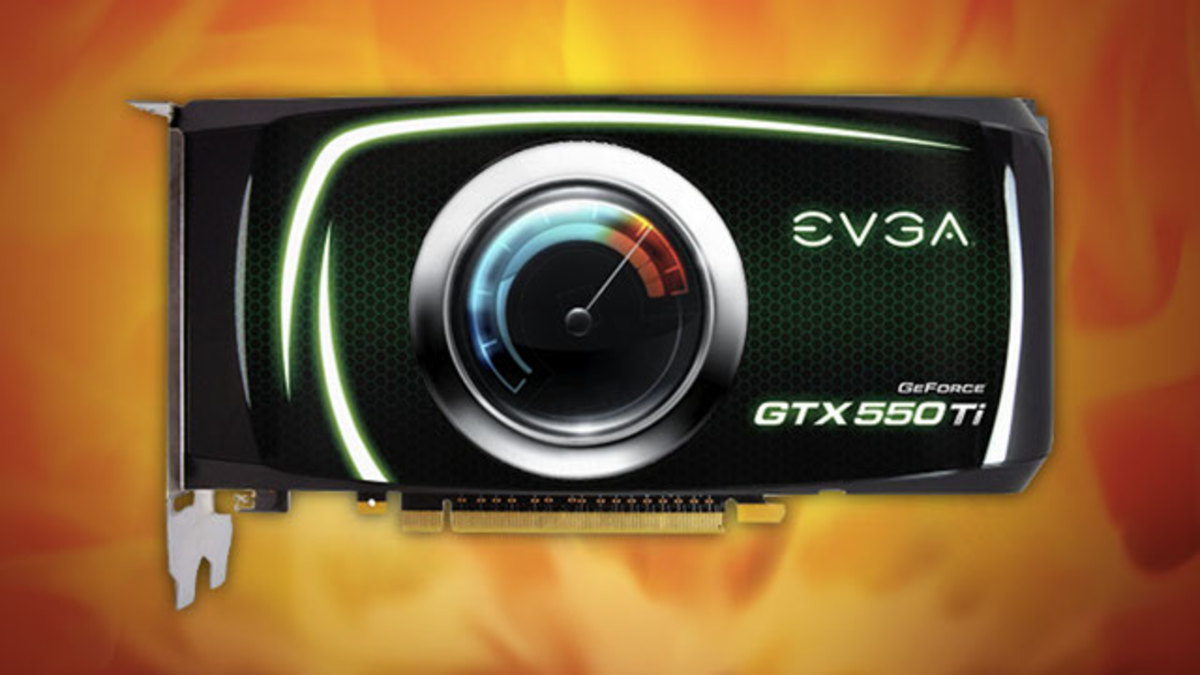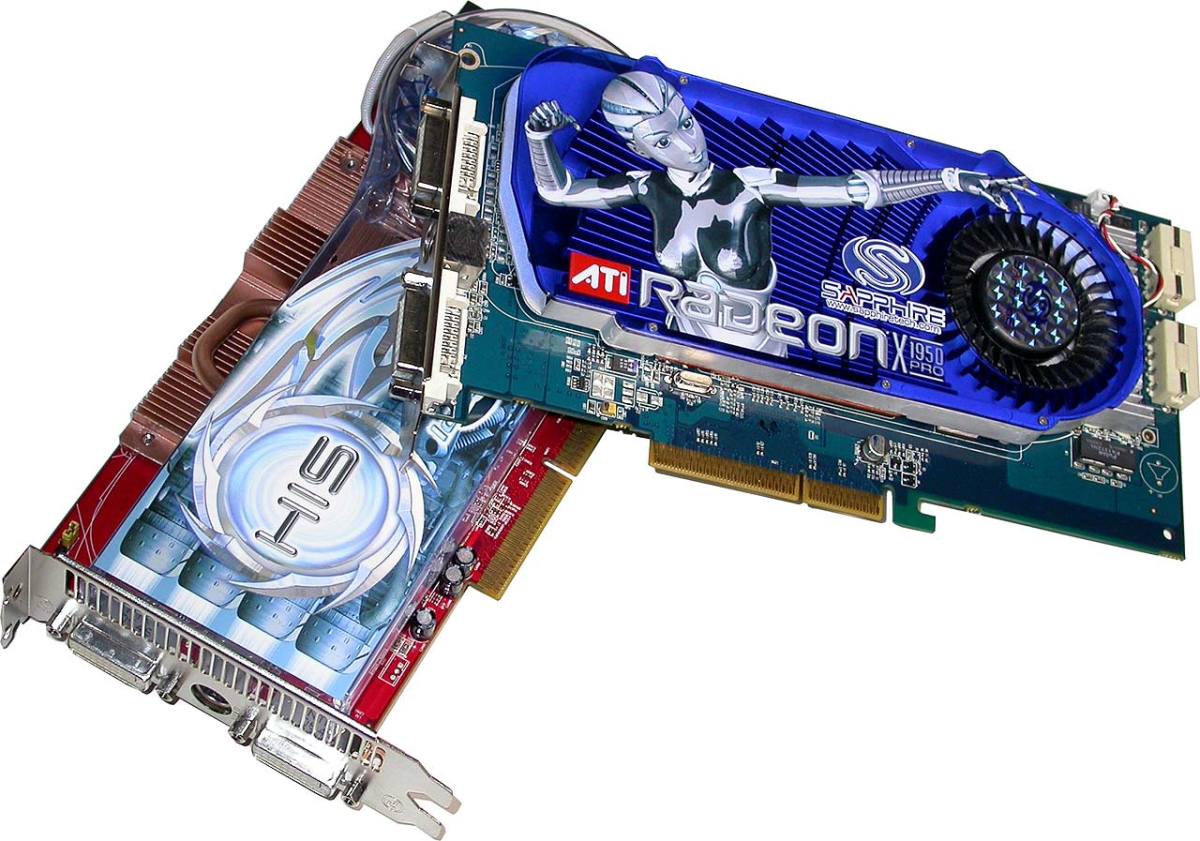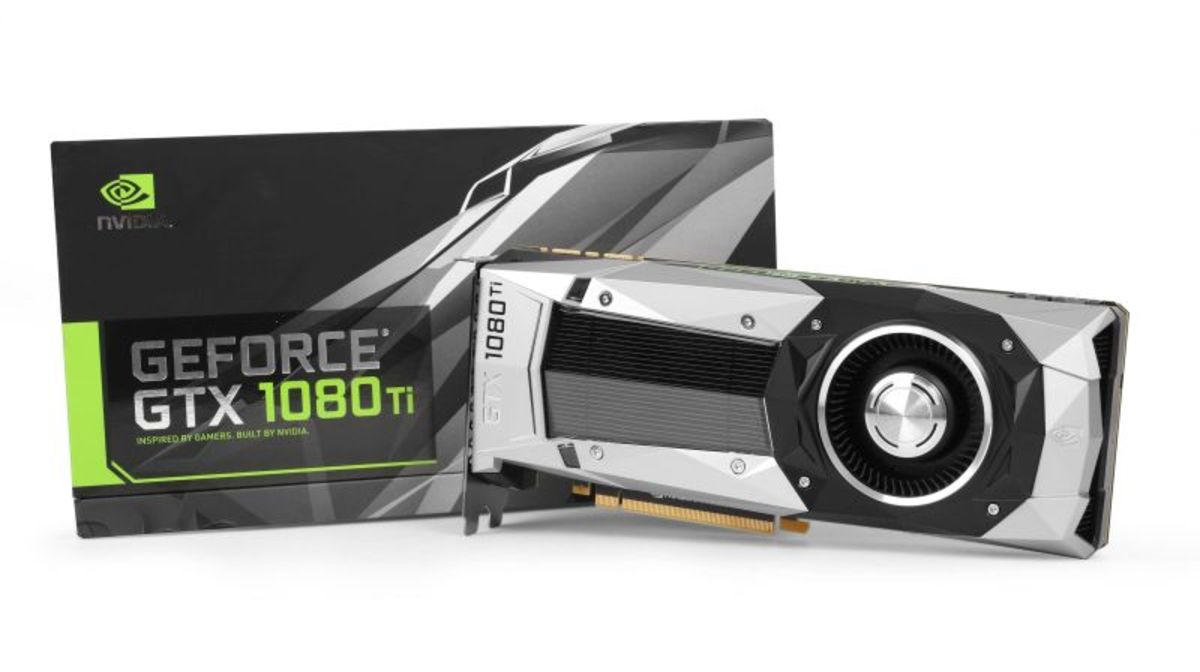- HubPages»
- Technology»
- Computers & Software»
- Computer Hardware
Ultimate Buyer's Guide - How to Choose the Best Graphics/Video Card
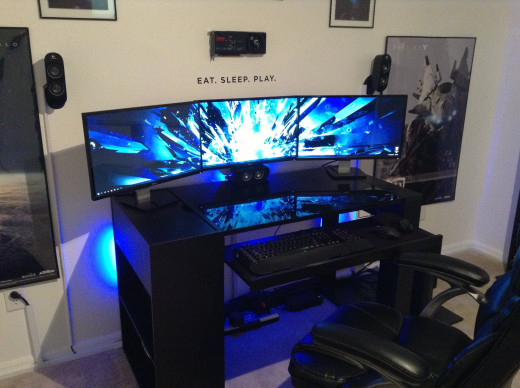
Best Games Ever - PC Games vs Mobile Games vs Console Games!
- Best Games Ever - PC Games vs Mobile Games vs Console Games!
Which Platform Has the Best Games Ever? Android? Iphone? Kindle Fire? Xbox One? Wii U? Playstation 4? or PC? Let's find out!
Ultimate Buyer's Guide - PC vs Console for Gaming!
- Ultimate Buyer's Guide - PC vs Console for Gaming
The long debated question will finally be settled in this Hub. Which platform is better for gaming the Video Game Consoles (Xbox One, Wii U, and PS4) or PC?
Getting Started
Whether you are building a brand new PC or looking to upgrade your old PC buying a new graphics/video card is a great investment. It will take the strain off of your processor and other components and allow you to play the newest video games like Grand Theft Auto 5, Crysis 3, and many other games in beautiful 1080p HD! A graphics card and video card are the same exact thing just different terminology. Some people call them graphics cards, some say video card, some say GPU. I generally call it a video card though.
Don't forget to watch the video at the end of this Hub for even more about choosing the best video card for your system!
The Ultimate Question: What Are Your Specific Needs?
First off, forget your budget. Before you even go looking up brands, models, and benchmarks first thing you must determine is "What do I need this graphics card for?" If you are playing older games then a budget graphics card will work well for your needs. If you are obsessed with having the latest and greatest then a high end graphics card will fit your needs. It is all about price vs performance. The price you pay always equals the performance you get in your graphics card.
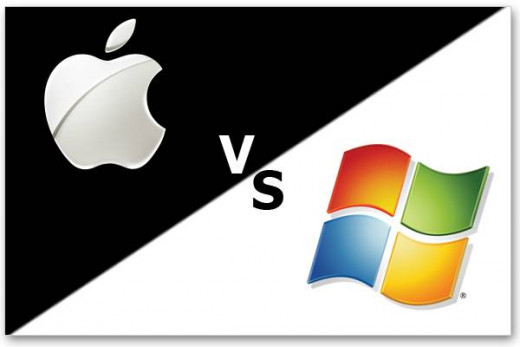
Buyer's Choice for Best Mac Graphics Card!
Windows or Mac?
Most graphics card are either Mac or Windows compatible. If you have a Mac computer you need a Mac graphics card. A Windows card will not operate correctly in a Mac (in most cases) without a lot of technical work which is not in the scope of this hub. So make sure you get one that is compatible for your particular operating system.
This is not always the case but always check the manufacturer's website for operating system compatibility.

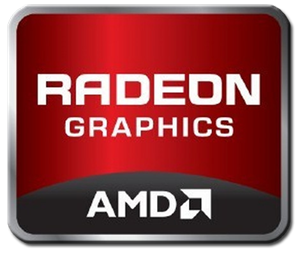
Choosing a Graphics Card Brand
I'll keep this simple. In the world of video cards there are only two main companies that create video cards. Those two companies are Nvidia (who make Geforce) and Ati/AMD (who make Radeon Cards).They are both still graphics card companies. Think of Coke and Pepsi, both make cola soft drinks but different brand and taste.
However, the two companies DO NOT manufacture the graphics cards. They only design the models and license them out to 3rd party companies to manufacture their specific cards. Companies like MSI, Sapphire, Gigabyte, Asus, and PNY just to name a few. The main difference in models for each graphics card depends on a number of factors but I will cover those later in this hub.
IMPORTANT NOTE: If you are going to be using a Linux based computer (not Windows or Mac) Nvidia drivers are generally (at this present moment) easier to get than Radeon drivers. As for Windows and Mac there is little difference at the present time.
Who Makes Better Cards Nvidia or Radeon?
Nvidia Vs Radeon
This is a debate that I can not settle for you. The graphics card models get updated every 3-6 months average so there is no possibility to determine which company is better now or later. The general consensus though is Ati/AMD Radeon cards are better bang for your buck than Nvidia.
However, this is not always the case in performance as some games work better with Nvidia Cards and some work better with Radeon cards. That is because some video game developers are partnered with either company to make their game slightly more optimized for their graphics cards to let them sell better. In reality, there is rarely a large difference in performance from either company.
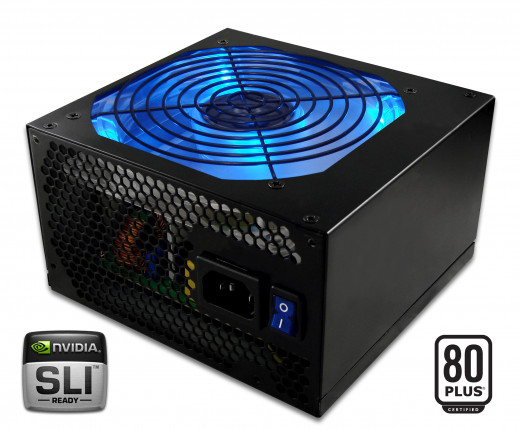
Buyer's Choice for Best Power Supply for Single Graphics Card Builds!
Buyer's Choice for The Best Power Supply for Overclocking or Crossfire
Always Check Your Power Supply First!
I can not stress this enough. Regardless of your next graphics card's price point you need to make sure that your Power Supply Unit (PSU) can handle the new card. Cards under $100 usually do not need a high wattage power supply. The rule of thumb is always check your wattage and specs of your current PSU. If you are not sure of your current specs do a search of your particular computer's model (Ex. HP Pavilion Model No.) and find the specifications. If you built your own computer you will have to open the case and get the model number from the unit itself.
Make sure that your current power supply can handle your new graphics card. You need enough power to run it properly or you will run into issues. Power supplies are not overly expensive in most cases, so add the extra $80 just to be safe, especially if you are overclocking (mentioned later). Make sure you get the best quality PSU brand you can afford as a low quality PSU can destroy your entire system!
To prevent that from happening go to a PSU calcualator linked at the bottom of this hub to check what kind you need, and also read the manufacturer's minimum requirement for power and aim at least 100w above that just in case. So if the company says "Minimum PSU Wattage: 500w" buy a 600w or more to be safe. Don't go cheap or low quality brand though as said before.
IMPORTANT NOTE: Always aim ABOVE what the minimum requirement of the graphics card company says. If the company says it requires a minimum of a 500w power supply get at least a 600w power supply. This is for safety sake and you also have to factor in that other components draw power from your PSU along with your graphics card. Also never go with low end or low rated companies for your PSU. The last thing you want to have happen is a cheap power supply destroy your whole computer! So go with brands like Antec, Seasonic, Thermaltake, or Corsair.
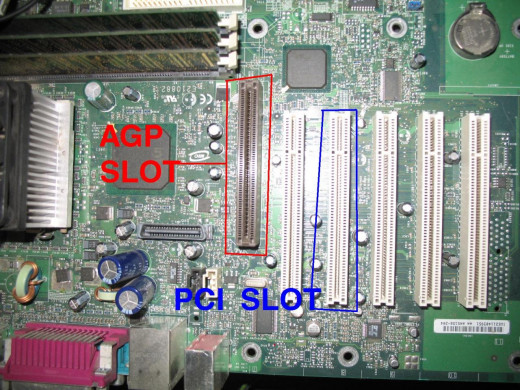
AGP or PCI Express Slot
This is mostly irrelevant by today's standards, but if your PC is over 10 years old check your computer's specifications to make sure you have a PCI Express slot on your motherboard. PCI Express 3.0 is compatible with earlier PCI Express versions but not AGP. So keep that in mind! AGP does not work in PCI Express and vice versa.
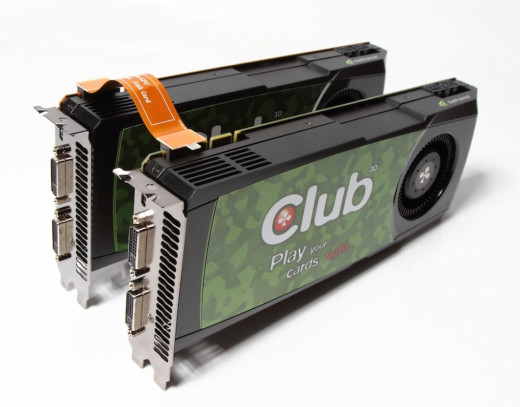
Running Multiple Graphics Cards - SLI or Crossfire
To keep it simple SLI (Nvidia) and Crossfire (ATI/AMD) are systems in which you run multiple video cards in one system simultaneously.Both systems let you run up to 4 graphics cards simultaneously.They both are very similar in that you need identical cards to run them as one card.
The advantage is you get double the performance, but it draws double the power from your power supply. Most cards today are compatible with SLI and Crossfire but keep in mind an Nvidia card can not be combined with an ATI card and vice versa. This is a great option for power users but it also brings a new set of problems (which are too vast for one hub).
My advice here is to get ONE CARD with the budget you would have for two and buy ONE CARD with that maximum budget. Reason being is that two $75 cards may or may not equal the same performance level of a single $150 card.
Overview of Price Points
Now that we have the basics out of the way its time for an explanation of different price points.In this section I will highlight the different price points of graphics cards and what you can expect out of each price point.
Remember that you do "Get what you pay for", but the build quality of a $25 low price card should be equally reliable to that of a $300 enthusiast card.
Buyer's Choice for The Best Graphics Cards Under $50
Low End Graphics Cards - $25 to $50
At this price point you are not looking for performance. You will be able to add more monitors or buy it if your motherboard's build in graphics card adapter stopped working. You may be able to play some games, but it is not recommended for gaming.
Bottom Line: For light gaming purposes only!
Buyer's Choice for The Best Graphics Card for Under $120
Buyer's Choice for The Best Graphics Card Under $70
Entry-Level Graphics Cards - $50 to $120
With entry-level cards you can get some decent results with new games and play all of your old games well. This is the price point for if you just want a graphics card to play older games and some newer games. The graphically intense games will not run well on an entry level card unless you set your graphical settings to low.
Remember, not all games are created equal so some new games may be able to run with no video card and some need a high end one. In short you don't need a $300 graphics card to play Candy Crush Saga, but you wouldn't to play Battlefield 4 on Ultra High (if at all).
Bottom Line: Entry-Level graphics cards are a great starting point if you are not a hardcore gamer but want to be able to play less graphically intense games.
Buyer's Choice for The Best Graphics Cards Under $200!
Buyer's Choice for The Best Graphics Card for $125!
Mid Level Graphics Cards - $120 to $200
If you are a mainstream gamer. You can expect to play the newest games at medium-high graphical quality depending on the game. This is the level of card where you start to see real benefit from getting a graphics card. Games like Skyrim, Lord of the RIngs Online, and Anno series work well at this price point. Some games will run into problems though at higher graphical settings, but this is where a mainstream gamer should start.
Bottom LIne: Mainstream gamers who can live with Xbox 360 and PlayStation 3 graphics would be the best candidate for this price point. You may get better results, but in general for the highest quality go to Enthusiast level.
Buyer's Choice for The Best Graphics Card Under $300
Buyer's Choice for The Best Graphics Card Under $400
Enthusiast Graphics Cards - $200 to $400
These are the cards that I personally use. They are more expensive but they can run almost all of the brand new games that come out perfectly at the highest graphical settings. These are if you are heavily into gaming or editing video. If you can stretch your budget enough get one of these and the investment will last you at least three years of HD gaming. New games graphical quality are not skyrocketing as they did in the past. So buying this level of card will be a great investment for the future!
Bottom Line: This price point is the best as it covers mainstream gamers and it will future proof you for a good while. There is no way to completely future proof your system though, so upgrades are inevitable.
Buyer's Choice for The Best HIgh End Graphics Card Under $600
Fastest Graphics Card Available!
High End Graphics Cards - $400 and Up
This is the ultimate level for graphics cards. I honestly think anything over $400 is overkill for gaming, but it will future proof you for a very long time. As noted before graphics card models are updated every 3-6 months average so be weary of that.
This is the card you want to own if you are obsessed with experiencing highest graphical settings in games or you are running a workstation. For the ulitmate gaming experience, buy one of these otherwise go with an enthusiast card and use the extra for your new Power Supply, Motherboard, whatever else you want to upgrade your PC with. As noted before you MUST have a high-end power supply for this type of card or any other for that matter. It's not about wattage its more about protecting yourself down the road. I can't stress enough. The first thing to go is almost always your Power Supply and cheap ones can destroy the rest of your system.
Bottom Line: HIgh-End Graphics cards are marketed towards people who want to "future proof" their gaming rigs and play all games on mulitple monitors at the highest graphical quality.
Use This Tool to Determine Power Supply Needs!
- eXtreme Power Supply Calculator
eXtreme Power Supply Calculator - The only power supply calculator trusted by PSU manufacturers and computer enthusiasts.


















